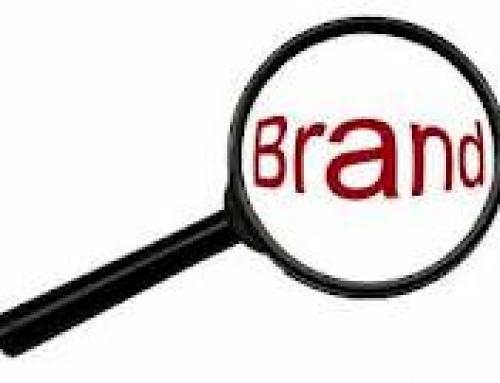The other day I received an email from a colleague with the abbreviation TYVM. After grumbling about email etiquette and spending a few minutes trying to decipher the text talk, I had to ask the sender for the translation. They replied with Thank You Very Much and a LOL. Good thing I was able to decode “laugh out loud” in one fell swoop. However, in addition to wondering if I should be brushing up on my abbreviation skills, I also contemplated, why an acronym was used in the first place?
Why Does Etiquette Matter?
 Our propensity to use short forms is linked to our need to communicate faster. What we may neglect to consider is how that impacts the message. The lavish art of cursive writing has been removed from school curriculum because it is no longer used on a regular basis. How will our writing fair if we do not protect it?
Our propensity to use short forms is linked to our need to communicate faster. What we may neglect to consider is how that impacts the message. The lavish art of cursive writing has been removed from school curriculum because it is no longer used on a regular basis. How will our writing fair if we do not protect it?
By no means do I embrace the ways of non-abbreviators and display perfect email etiquette all the time. Occasionally, I slip in a Thx here or a U there, but then remind myself this is not a txt text and revert to the original pre-text talk form. I, like those who still write in cursive, try to employ a professional stance when communicating, but sometimes it takes work.
For the most part, well written messages will be more effective in communicating your thoughts and building strong relationships with colleagues, client and media. Remember, email may be the only form of communication that you have with an individual. Therefore, using proper email etiquette is vital.
Here are 5 email etiquette tips to boost your communication.
1. Be succinct:
Reading lengthy emails isn’t fun for anyone. Work on communicating both effectively and efficiently.
2. DO NOT WRITE IN CAPTIALS:
Writing it capitals seems as if you are shouting. Misinterpreting messages and tone can easily occur when communication through email and USING CAPTIALS can really throw your audience off.
3. Take care with abbreviations:
Using abbreviations such as NP (no problem) and BTW (by the way) can be confusing for readers who are not fluent in text-talk. Avoid using short forms in professional communication.
4. Proof read:
If spelling and grammar aren’t your strong suit, then be sure to use the spellcheck in your email. Even the spellcheck won’t catch all grammatical errors so give it a read before you press send.
5. Pick up the phone:
Remember that email is not always the best form of communication. Sometime it is much easier to pick up the phone than type a long email. Judge accordingly.
For those of you suffering from abbreviation phobia, I recommend reviewing chatslang.com or Text Talk: the Top Text Message Abbreviations, 2013. Improper email decorum has crept its way into our communication and if we don’t control it, it will impede our ability to communicate effectively.








Good blog Hilary and sound counsel. I rather suspect that much of this phenomenon is due to “Twitterese” if I can coin the term. Absolutely agree – the fact that you are using email should not dissuade one from maintaining the principles of proper business communication (be clear, be concise, be relevant) and the politesse of following up with a phone call or video teleconference.
Thx (yes, I wrote that on purpose for comedy relief)
Feel free to delete this comment, it’s about your bio blurb. You can’t “thrive at” something; you can excel at those things you list, and you can thrive at your workplace, but you can’t “thrive at” [performing tasks].